Official government website of the Government of the Kingdom of Saudi Arabia
Links to official Saudi websites end withgov.sa
All links to official websites of government agencies in the Kingdom ofSaudi Arabia end with .gov.sa
Government websites use theHTTPSprotocol for encryption and security.
Secure websites in the Kingdom of Saudi Arabia use the HTTPS protocolfor encryption.
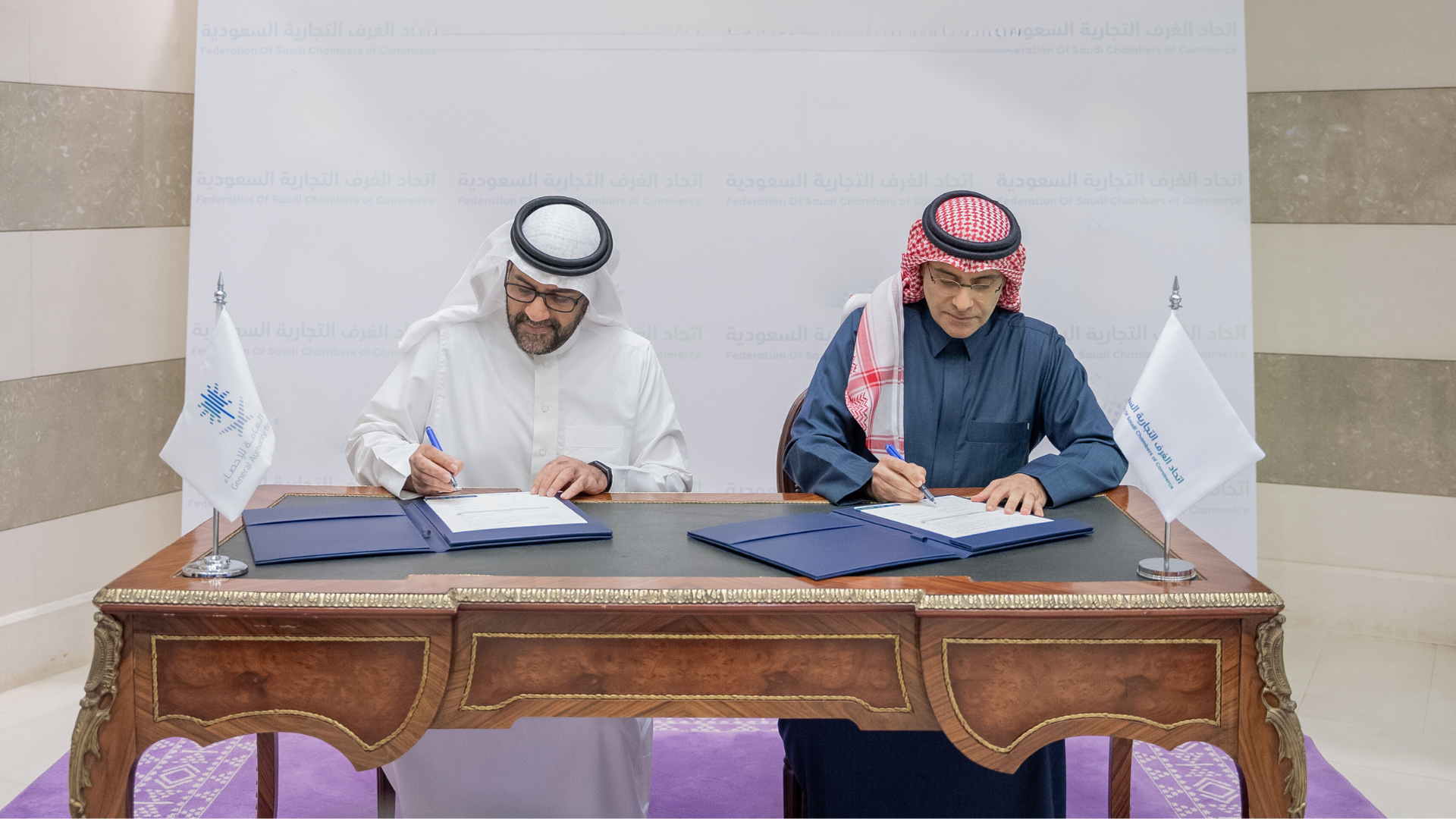
GASTAT signs MoU with FSC to develop statistical products
03-01-2024
GASTAT Obtains the European Institutional Excellence Certificate EFQM
01-01-2024
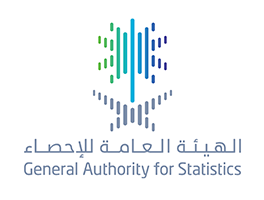
GASTAT 45.8 % of employees (18 years and over) in KSA work for more than 40 hours a week
31-12-2023
GASTAT celebrates Gulf Statistics Day with participation of Gulf statistical agencies
25-12-2023
GASTAT wins excellence award for website performance and digital content efficiency at the level of government entities 2023
24-12-2023

“GASTAT” and Information & eGovernment Authority in the Kingdom of Bahrain sign MoU
21-12-2023
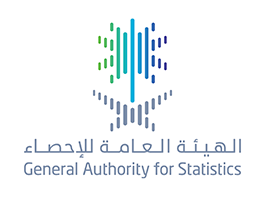
GASTAT: Number of passengers of public transport buses increases in KSA during 2022
21-12-2023
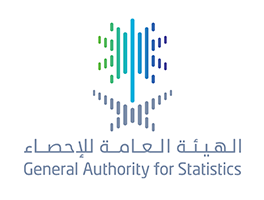
GASTAT: Operating Revenues of SMEs Increase by 5.8% in 2022
21-12-2023
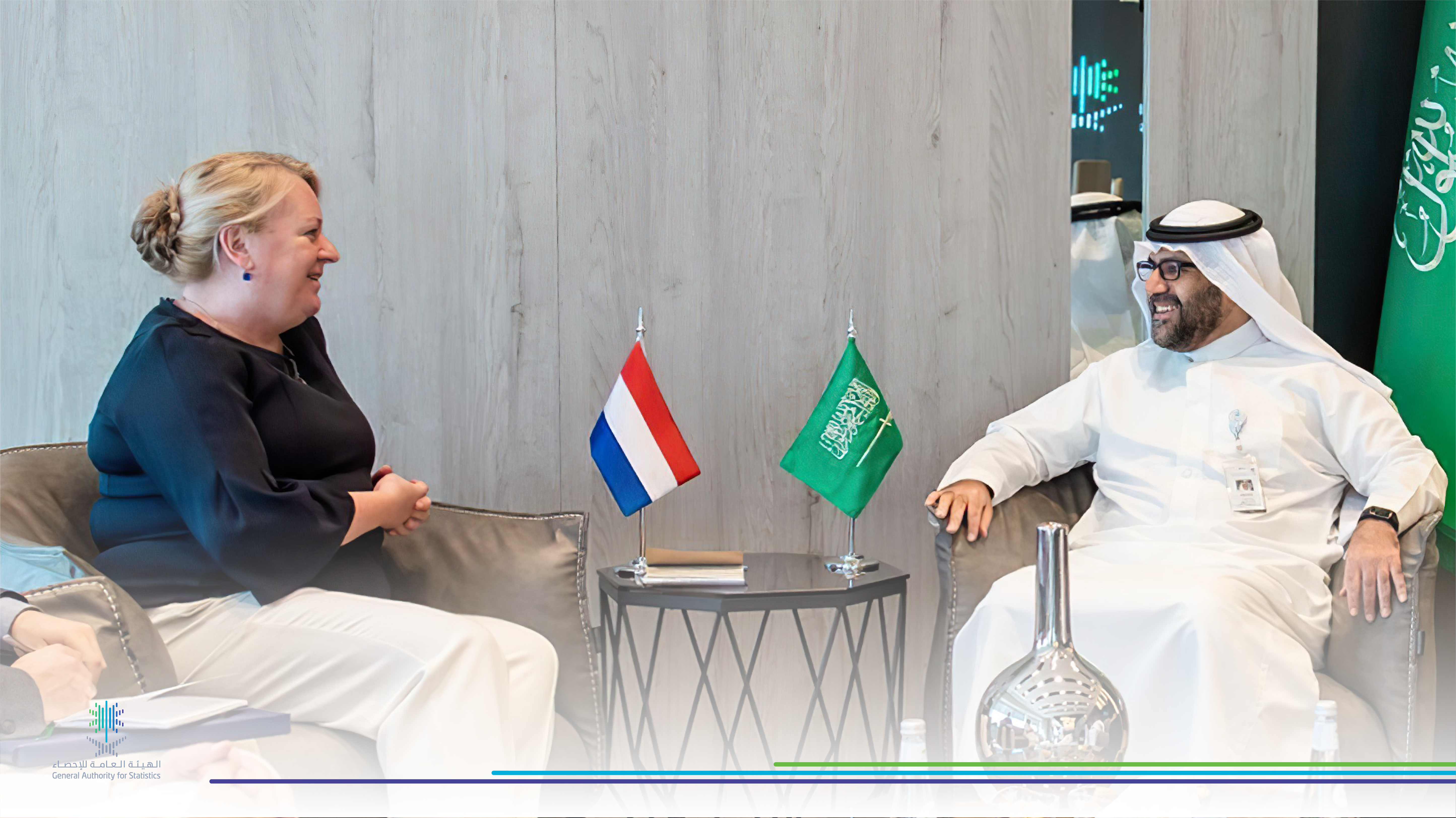
GASTAT President Discusses Ways of Cooperation with Netherland Side
04-12-2023
GASTAT issues culture and entertainment statistics from mid-2022 to mid-2023
04-12-2023
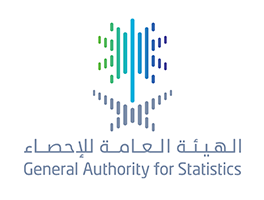
Saudi Arabia adopts new methodology for calculating FDI data
30-11-2023
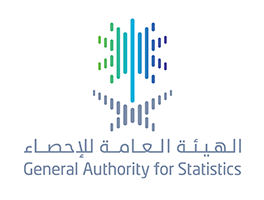
GASTAT issues indicators of health determinants and childhood development in KSA for 2023
26-11-2023
General Authority for Statistics and Saudi Federation for Cybersecurity sign a memorandum of cooperation
23-11-2023
Saudi Arabia and Estonia discuss ways to enhance cooperation in the statistical field
22-11-2023
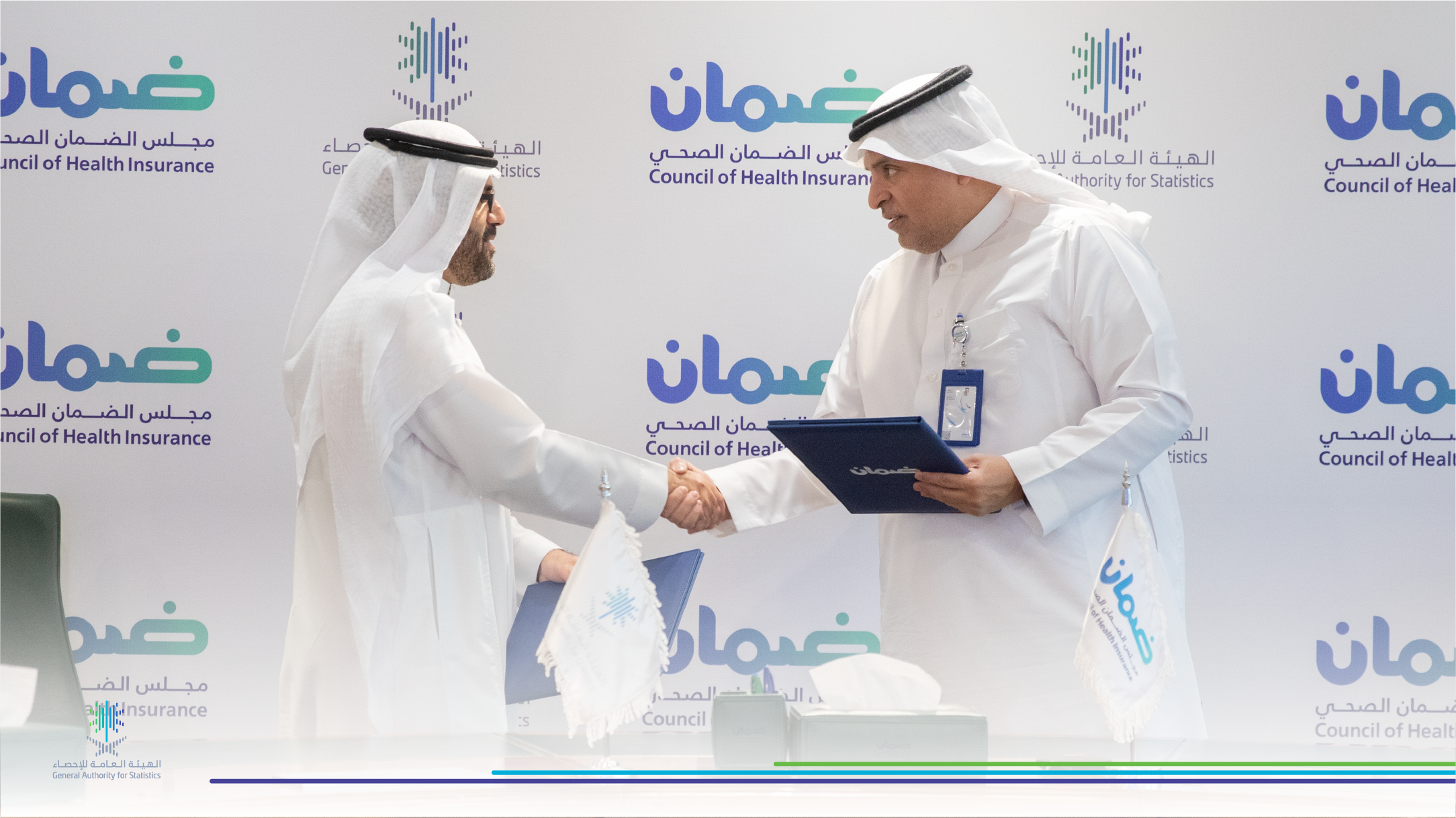
GASTAT signs a cooperation agreement with Health Insurance Council
16-11-2023
Under the presidency of Kingdom 48th meeting of Board of Trustees of Arab Institute for Training and Statistical Research holds in Jeddah
16-11-2023
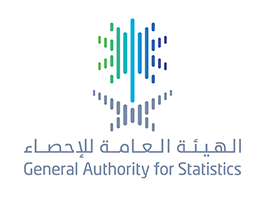
BOD of GASTAT holds its 26th meeting
14-11-2023
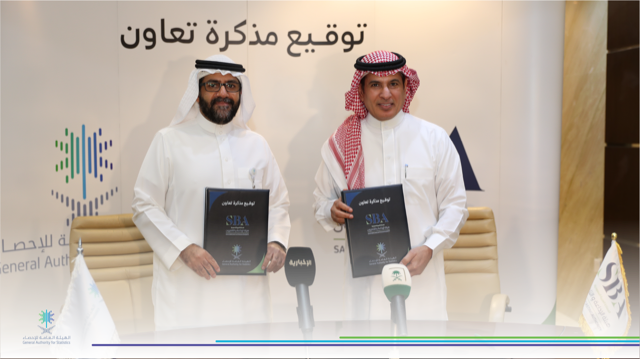
GASTAT signs MoC with Saudi Broadcasting Authority
13-11-2023
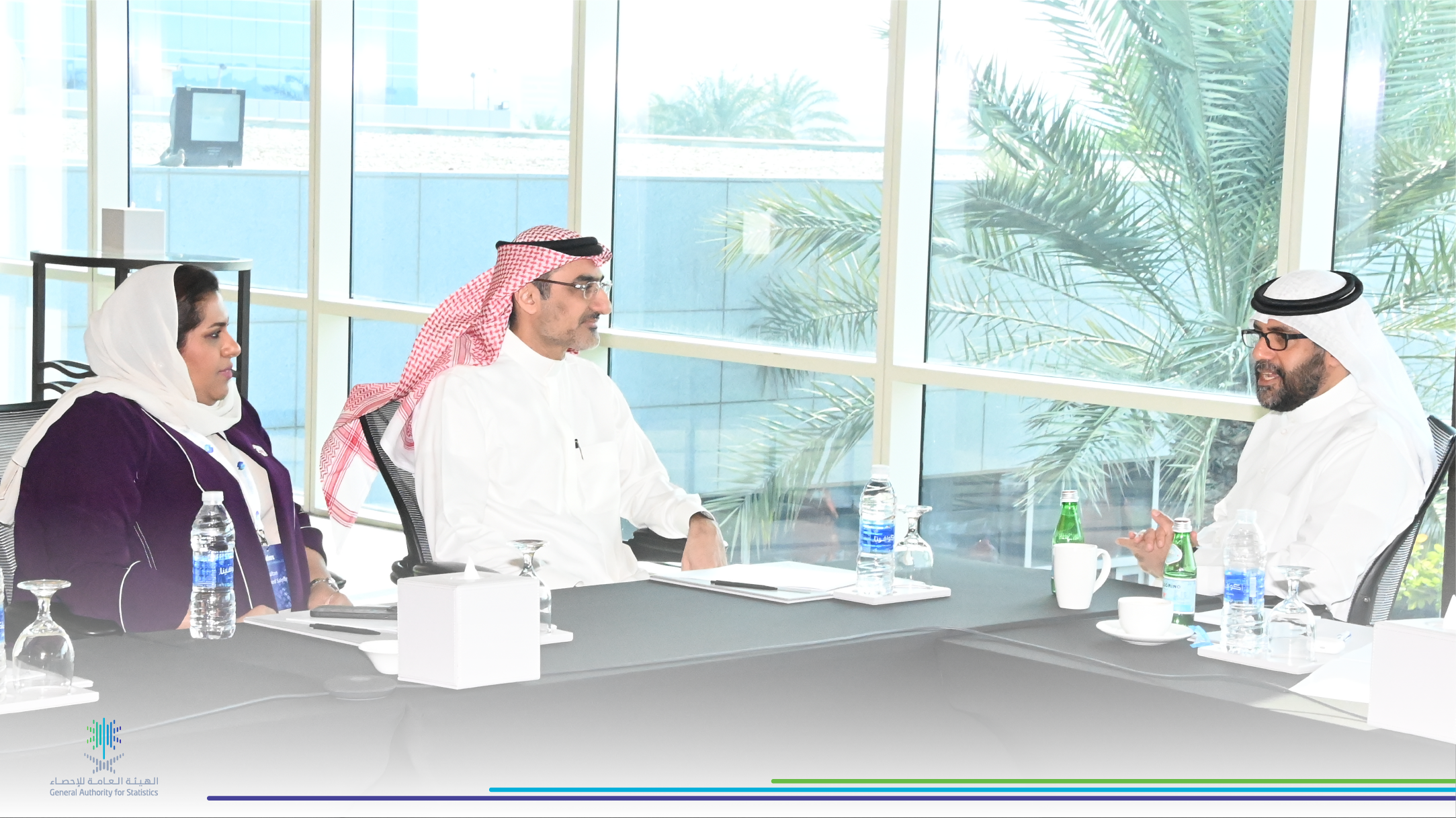
GASTAT discusses ways of joint cooperation with Kingdom of Bahrain
12-11-2023
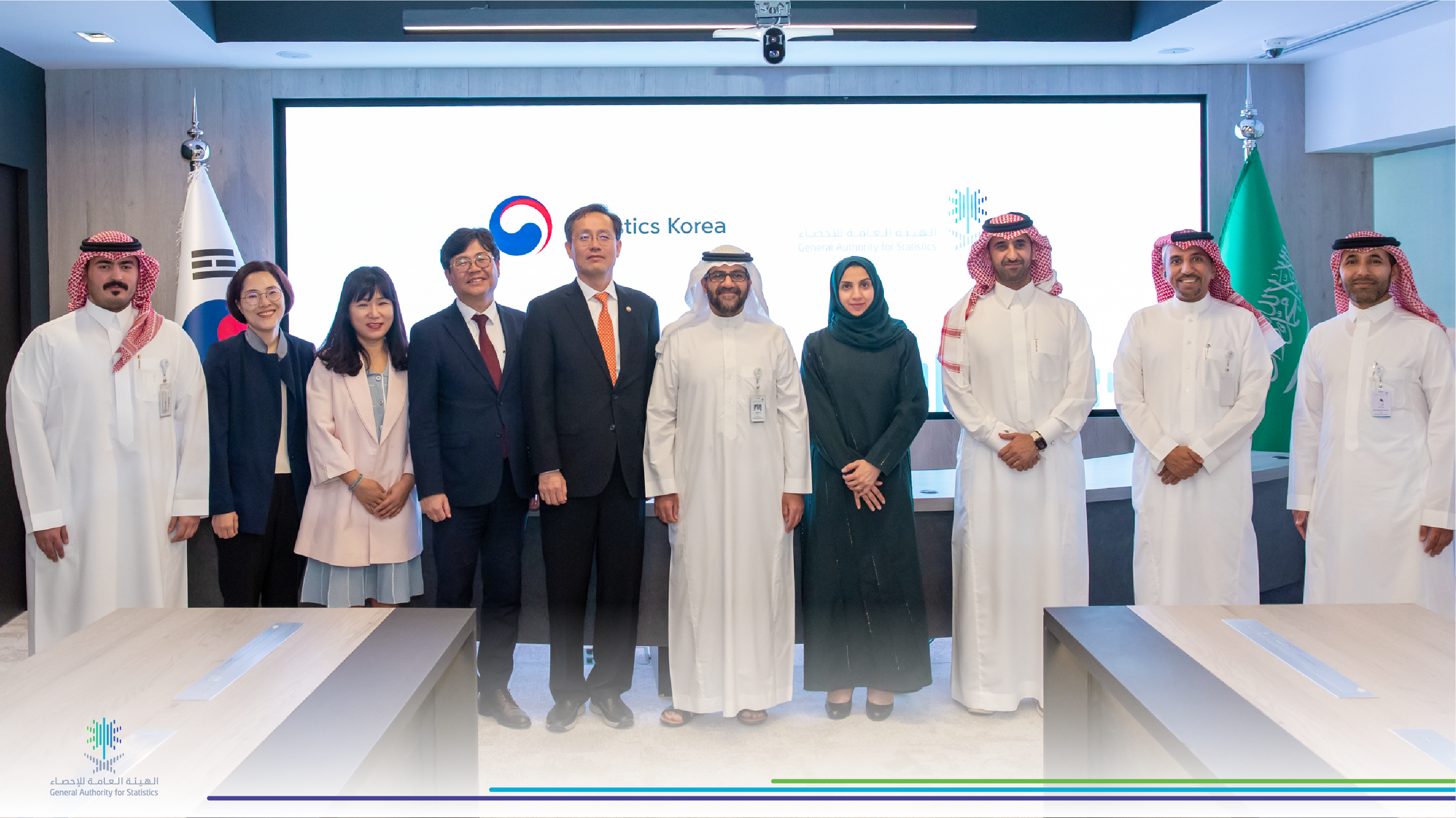
GASTAT holds meeting with its Korean counterpart
12-11-2023

GASTAT signs MoU with FSC to develop statistical products
03-01-2024
GASTAT Obtains the European Institutional Excellence Certificate EFQM
01-01-2024

GASTAT 45.8 % of employees (18 years and over) in KSA work for more than 40 hours a week
31-12-2023
GASTAT celebrates Gulf Statistics Day with participation of Gulf statistical agencies
25-12-2023
GASTAT wins excellence award for website performance and digital content efficiency at the level of government entities 2023
24-12-2023

“GASTAT” and Information & eGovernment Authority in the Kingdom of Bahrain sign MoU
21-12-2023

GASTAT: Number of passengers of public transport buses increases in KSA during 2022
21-12-2023

GASTAT: Operating Revenues of SMEs Increase by 5.8% in 2022
21-12-2023

GASTAT President Discusses Ways of Cooperation with Netherland Side
04-12-2023
GASTAT issues culture and entertainment statistics from mid-2022 to mid-2023
04-12-2023

Saudi Arabia adopts new methodology for calculating FDI data
30-11-2023

GASTAT issues indicators of health determinants and childhood development in KSA for 2023
26-11-2023
General Authority for Statistics and Saudi Federation for Cybersecurity sign a memorandum of cooperation
23-11-2023
Saudi Arabia and Estonia discuss ways to enhance cooperation in the statistical field
22-11-2023

GASTAT signs a cooperation agreement with Health Insurance Council
16-11-2023
Under the presidency of Kingdom 48th meeting of Board of Trustees of Arab Institute for Training and Statistical Research holds in Jeddah
16-11-2023

BOD of GASTAT holds its 26th meeting
14-11-2023

GASTAT signs MoC with Saudi Broadcasting Authority
13-11-2023

GASTAT discusses ways of joint cooperation with Kingdom of Bahrain
12-11-2023

GASTAT holds meeting with its Korean counterpart
12-11-2023